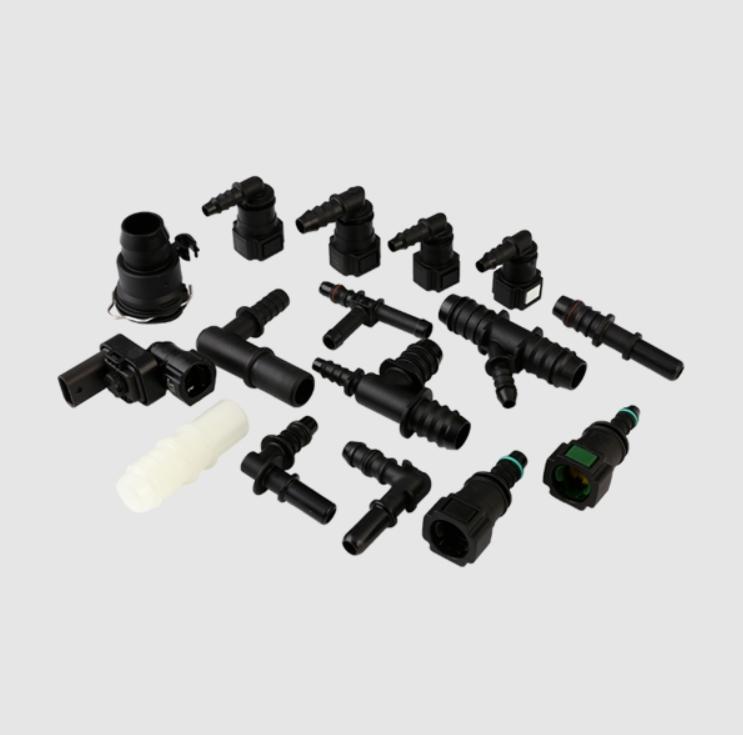The Basics of Car Fuel Pipe Connectors and Their Applications

Fuel pipe connectors are essential components that join fuel lines and deliver gasoline or diesel from the fuel tank to the engine in vehicles. Among these, Fuel Quick Connectors have gained popularity due to their simple connection method and reliable sealing capabilities.
Fuel quick connectors are designed to connect fuel pipes rapidly without clamps or tools. Their push-to-connect mechanism features locking tabs or clips that secure the connection firmly in place. This design reduces labor time during assembly and maintenance.
The materials chosen for these connectors are resistant to chemical and thermal stresses found in automotive environments. Plastics like nylon, combined with rubber seals, provide flexibility and strength, while some connectors use metals for added durability.
These connectors are built to withstand pressure fluctuations and temperature extremes, which can occur during engine operation. Proper sealing is critical to prevent fuel vapor leaks, which could pose fire hazards or violate emission standards.
Installation of fuel quick connectors involves aligning the pipe ends and pushing them together until the locking mechanism clicks. Visual or tactile confirmation ensures the connection is secure, minimizing the risk of leaks or disconnections.
Fuel pipe connectors are commonly found not only in fuel delivery lines but also in vapor recovery systems and emission control circuits. Their design supports both performance and regulatory compliance.
In conclusion, the application of fuel quick connectors in car fuel systems provides a balance of convenience, safety, and durability. Their role supports reliable fuel transfer and easier servicing throughout the vehicle’s lifespan.
- Art
- Causes
- Crafts
- Dance
- Drinks
- Film
- Fitness
- Food
- Juegos
- Gardening
- Health
- Inicio
- Literature
- Music
- Networking
- Otro
- Party
- Religion
- Shopping
- Sports
- Theater
- Wellness


